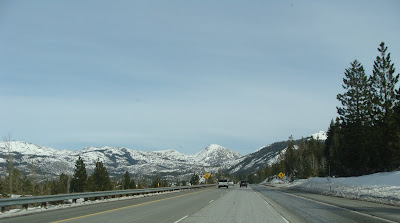 Chris Zink D.V.M., PhD is a canine sports medicine consultant. She has written a number of books and I first heard of her in late 1990's when I was active in APDT and she was one of the individuals that spoke about dogs jumping at one of our conventions.
Chris Zink D.V.M., PhD is a canine sports medicine consultant. She has written a number of books and I first heard of her in late 1990's when I was active in APDT and she was one of the individuals that spoke about dogs jumping at one of our conventions.I really didn't know what to expect. I took Fin with the idea of learning about structure and getting better at evaluating structure for when I finally get my next dog (very far away, in the future, not soon, husband if you are reading this I have no plans for a puppy!).
I didn't expect to learn so much new information.
I didn't expect to have some myths debunked.
Chris has opinions. What I liked most about her is that her opinions are backed up by studies. If you ask her a question, you will get a direct answer. If she doesn't know, she will tell you.
Day 1 started with the importance of structure to agility. Loads of information. We learned about body type, rear angulation, and shoulder angulation. In addition, growth is a huge factor and we talked nutrition, spay/neuter, body structure and stress on that structure.
What was a realisation was the data she presented regarding spay/neuter. It is interesting to see the data and what it shows is that spay/neuter isn't necessarily the right answer for our canine athletes. As a matter of fact the behaviors that we think we are repressing by neutering were more common in neutered male dogs. Debra Duffy is doing work in this area and the research is enlightening. If you want to read a 16 page PDF from her, click here.
Another area of interest was dew claws. She really believes that the front dew claws are incredibly important to prevent rotation of the wrist and arm during turns. She showed photos of flyball dogs and it was clear that the dogs without dew claws showed more rotation of the front legs (in awkward ways) then the dogs with dew claws.
We had a working session were we were grouped so we had a number of different dog types in each group. Our group was to analyze angulation of the rear and shoulder and she came around to test how well we did.
The first morning proved to be extremely interesting. A short 30 minute break to walk the dogs and we were back at it.
Tomorrow I'll write about locomotion and lameness.
1 comment:
I took a photo in the exact place going over 80 at New Year's, but mine didn't turn out as nicely.
Dew claws: I know that Tika uses hers all the time because they're always worn down. Boost's don't wear down as much, but there's often grass & mud caught in them when she's doing a lot of running and turning.
Post a Comment